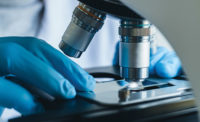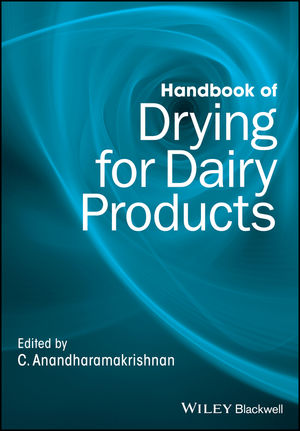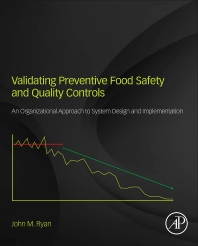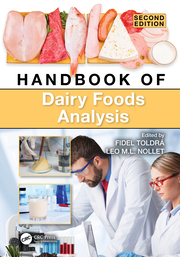3M Food Safety, St. Paul, Minn., and Cornell University’s College of Agriculture and Life Sciences (CALS) said they collaborated — together and with a team of other industry experts — on a comprehensive handbook to help food and beverage manufacturers build and implement environmental monitoring programs.
According to the organizations, the over-100-page “Environmental Monitoring Handbook for the Food and Beverage Industries” is available for free as an online download. The document provides a holistic perspective on a preventative approach to food safety. In addition to immediately accessing this expert guidance from 20 contributors from around the world, food safety and quality professionals may also watch a related on-demand video learning series at www.3M.com/EnvironmentalMonitoringProgram.
While environmental monitoring guidance exists for certain sectors of the food and beverage industry, a comprehensive resource has not previously been created, the organizations said. The concept of environmental monitoring was born out of increasing realization among food processors and their regulators that food manufacturing environments are too often sources of finished product contamination. In 2015, the Food Safety and Modernization Act (FSMA) began requiring environmental monitoring as a key food safety verification strategy, and globally recognized third-party food safety certification programs soon followed suit.
“We developed this handbook to instill a more strategic and integrated mindset for preventing multiple forms of environmental contamination in processing facilities,” said John David, 3M Food Safety’s global scientific marketing manager and co-editor of the handbook. “Environmental monitoring programs can encompass a range of targets — not only pathogens, but spoilage organisms, allergens and more.”
The handbook is just one outcome of a long-term partnership between 3M and CALS. Last month, they said they renewed a five-year strategic partnership that has resulted in a peer-reviewed journal publication, food safety education seminars and workshops worldwide, and more.
“There are logical approaches to identifying, controlling and documenting contamination in food production environments, but there are also lots of unique factors, including the composition of the foods being manufactured, the control measures being applied and the layout of and machinery in the plant,” said Dr. Martin Wiedmann, the Gellert family professor of food safety at CALS. “The handbook aims to help organizations create more of a science around their environmental monitoring efforts, and that means being mindful of the variables pertaining to them.”






